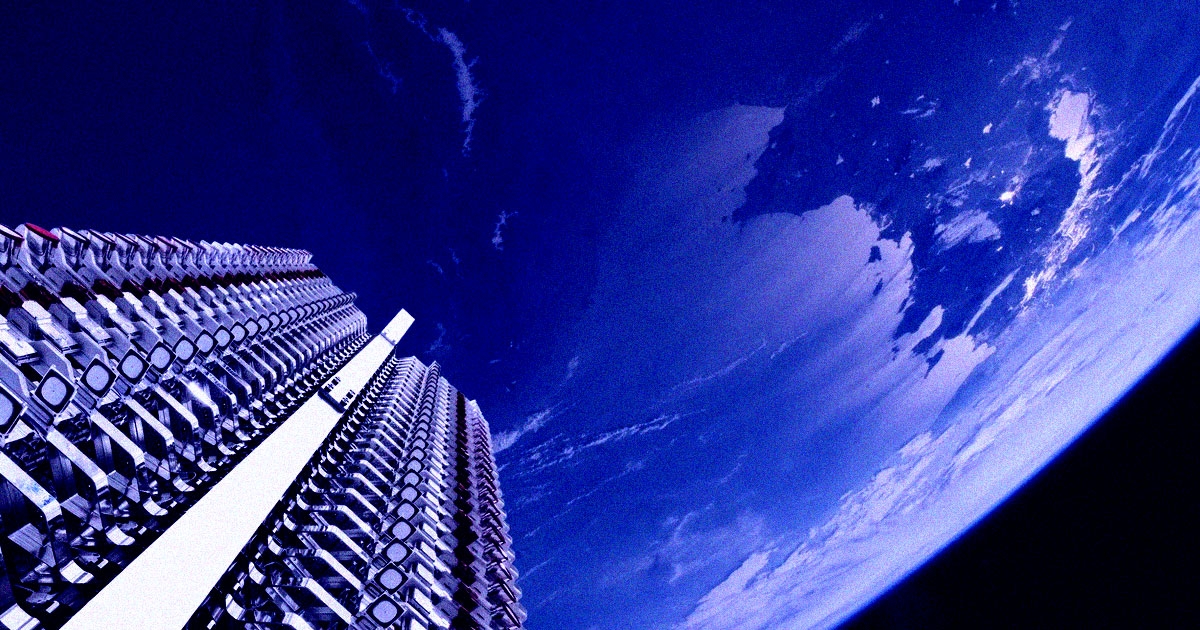Abstract from the paper in the article:
https://agupubs.onlinelibrary.wiley.com/doi/10.1029/2024GL109280
Large constellations of small satellites will significantly increase the number of objects orbiting the Earth. Satellites burn up at the end of service life during reentry, generating aluminum oxides as the main byproduct. These are known catalysts for chlorine activation that depletes ozone in the stratosphere. We present the first atomic-scale molecular dynamics simulation study to resolve the oxidation process of the satellite’s aluminum structure during mesospheric reentry, and investigate the ozone depletion potential from aluminum oxides. We find that the demise of a typical 250-kg satellite can generate around 30 kg of aluminum oxide nanoparticles, which may endure for decades in the atmosphere. Aluminum oxide compounds generated by the entire population of satellites reentering the atmosphere in 2022 are estimated at around 17 metric tons. Reentry scenarios involving mega-constellations point to over 360 metric tons of aluminum oxide compounds per year, which can lead to significant ozone depletion.
PS: wooden satellites can help mitigate this https://www.nature.com/articles/d41586-024-01456-z



SpaceX has been receptive to design changes to starlink in the past to minimize impact, like decreasing reflectivity and reflection angles for astronomers. They might be receptive to moving to different alloy for the body construction.
Magnesium comes to mind that would be light but expensive. Steel alloys might be cheap and heavy options for later when starship is operational. Would those have similar effects on ozone, or is it only the aluminum oxides?
I feel like it shouldn’t even have to be said out loud that gravity and weight correlate, but their orbit would be heavily impacted by replacing aluminium with five times as much steel for the same durability. You might be able to get away with slightly less if you consider the steel has more heat resistance, but idk.
Weight does not affect orbit. It affects the amount of fuel needed to reach orbit, and therefore cost, but not the orbit itself.
Exactly, it needs a higher angular momentum at the same altitude.